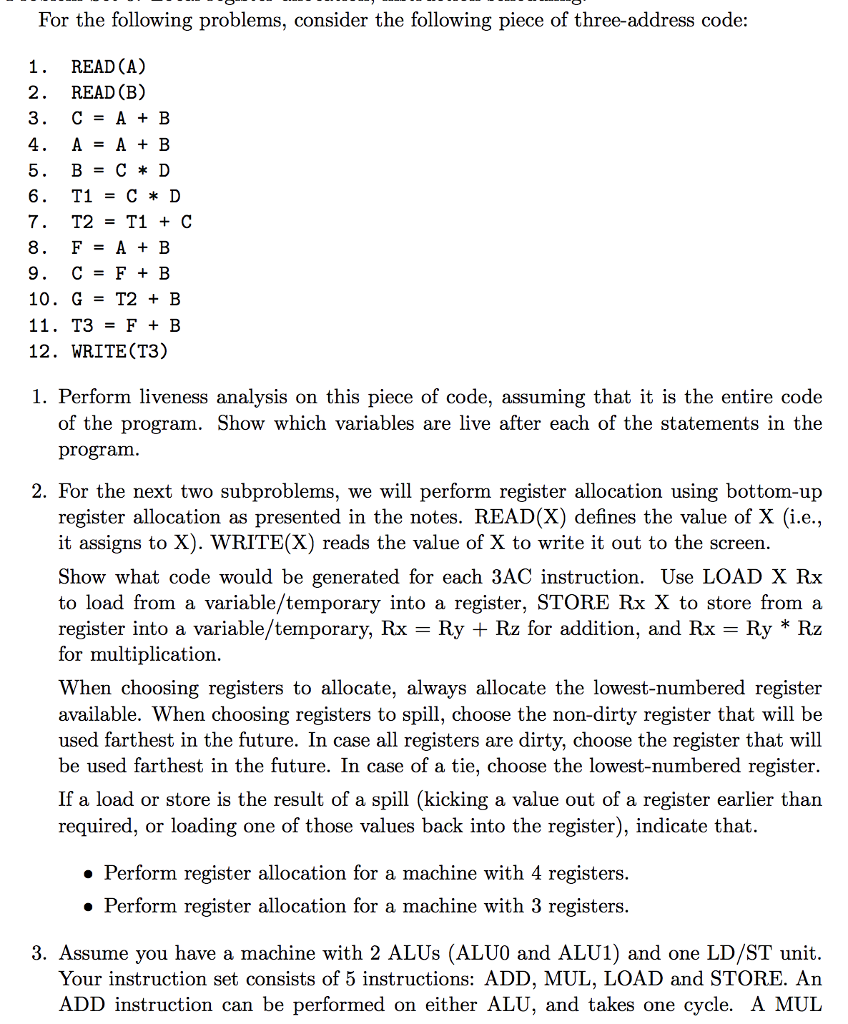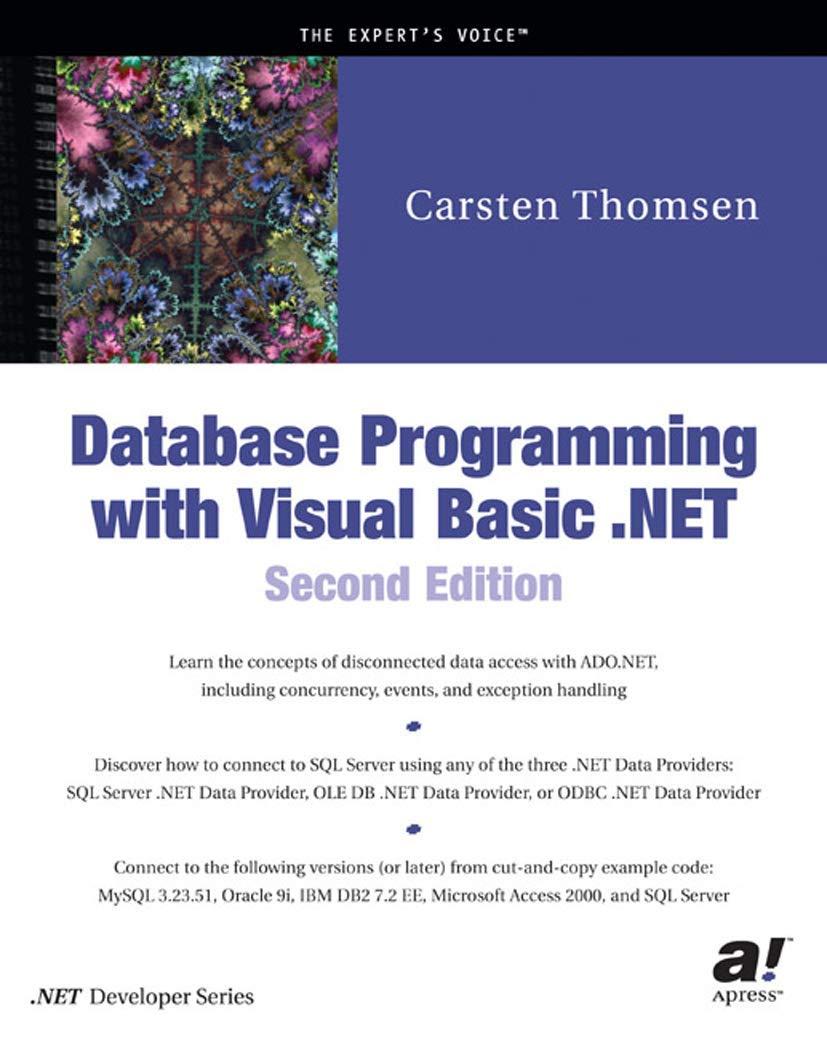Answered step by step
Verified Expert Solution
Question
1 Approved Answer
For the following problems, consider the following piece of three-address code 1. READ (A) 2. READ (B) 3. C=A+B 5, B=C*D 7. T2 = T1


Step by Step Solution
There are 3 Steps involved in it
Step: 1

Get Instant Access to Expert-Tailored Solutions
See step-by-step solutions with expert insights and AI powered tools for academic success
Step: 2

Step: 3

Ace Your Homework with AI
Get the answers you need in no time with our AI-driven, step-by-step assistance
Get Started


